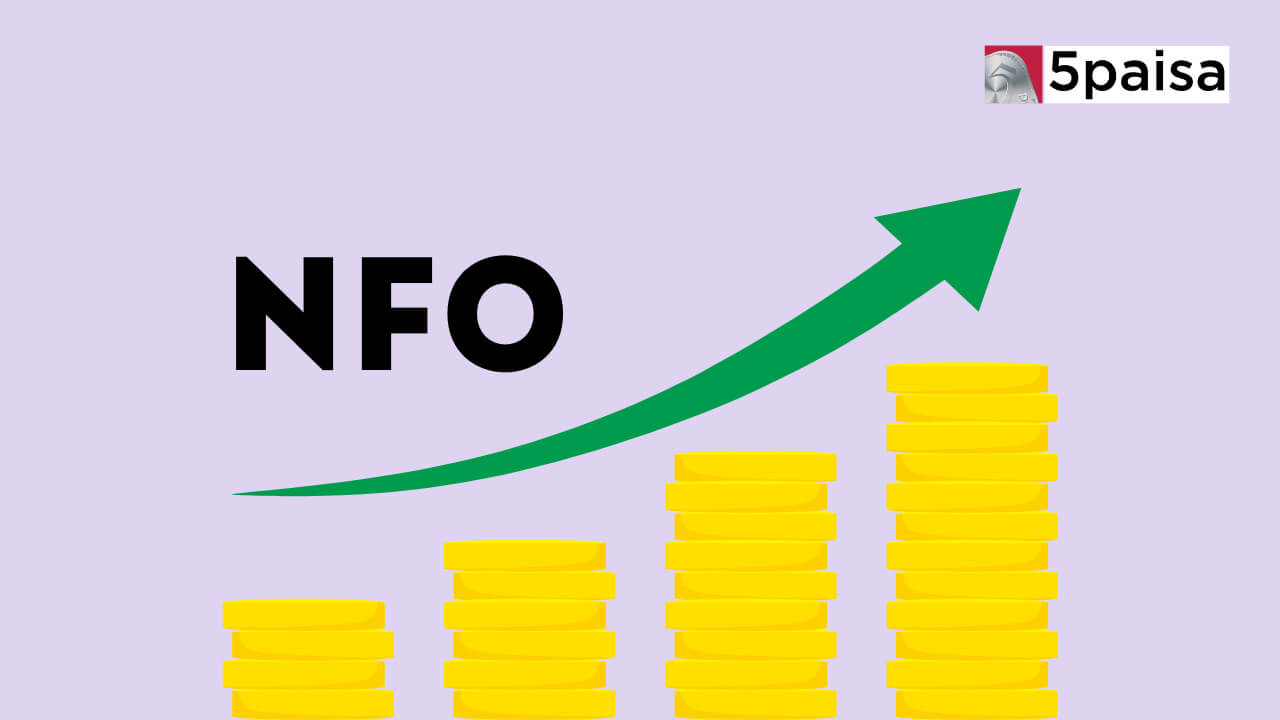Inverse ETF

Last Updated: 11th January 2024 - 04:23 pm
An Inverse Exchange-Traded Fund (ETF) is an economic vehicle that seeks to profit from market declines. In assessing standard ETFs, which seek to copy the overall performance of a given index, inverse ETFs appoint derivatives and different strategies to offer returns that are inversely related to the benchmark. These finances can assist traders in hedging toward market downturns or capitalizing on bad marketplace conditions. Inverse ETFs are popular among individuals trying to manage unpredictable markets and diversify their investing portfolios because they provide a straightforward method to apply short strategies without requiring margin accounts. Let's discuss what is an inverse ETF!
How Do Inverse ETFs Work?
Inverse ETFs attain exceptional performance through financial derivatives such as futures and options. These funds seek to outperform the benchmark index they are tracking. For example, if the target index falls by 1%, the inverse ETF attempts to gain 1%. It is done using short-promoting tactics, which permit traders to make the most of marketplace downturns without accomplishing outright short-selling. Because of the compounding effects over time, inverse ETFs are only intended for short-term tactical usage. Investors should oversee these funds since their performance might deviate from basic inverse daily returns.
The Advantage of Inverse ETF
Inverse ETFs provide investors with a distinct edge by providing a simple and effective way to profit from weakening markets. Individuals can use those funds to hedge in opposition to market downturns without the intricacy of ordinary short-selling methods. Inverse ETFs allow buyers to make the most of declining asset costs using a simple, transparent funding car that eliminates the need for margin debts or borrowing securities. As a result, they're a superb device for risk management, portfolio diversification, and cashing in on market contractions. However, investors must appreciate the short-term nature of these products and the possible influence of compounding effects on returns.
The Disadvantage of Inverse ETF
Despite its benefits, inverse ETFs have inherent risks and drawbacks. These funds are intended for short-term use and may underperform over long periods owing to compounding effects. Compounding can produce returns that differ from the inverse of the daily index change in turbulent markets. Furthermore, long-term ownership of inverse ETFs exposes investors to possible losses since markets tend to gain with time. Timing is critical, and erroneous forecasts can lead to substantial losses. Furthermore, the expenses of sustaining derivative positions can reduce profits. Thus, careful study and active management are required when contemplating these instruments.
Are Inverse ETFs Allowed In India?
Due to regulatory limits imposed by the Securities and Exchange Board of India (SEBI), inverse ETFs are not permitted in India. SEBI has declined to approve these instruments for a variety of reasons. There are worries regarding market stability, with SEBI concerned that inverse ETFs could raise volatility and speculation in the index, perhaps exacerbating downward pressure during adverse periods. Second, SEBI is concerned with investor protection, questioning the propriety of inverse ETFs for individual investors who may need help understanding the dangers involved.
Furthermore, the regulator challenges these instruments' openness and fund managers' capacity to handle derivatives contracts efficiently without jeopardizing investor interests. SEBI is cautious, putting market stability and investor safety first. SEBI's cautious posture emphasizes the need to balance financial innovation and investor protection. The regulatory body is still evaluating the complex dynamics of inverse ETFs for potential future implications.
While Inverse ETFs are still prohibited in India due to SEBI's worries regarding market stability and security for investors, ongoing evaluations point to a potential shift in regulatory perspectives. It emphasizes the delicate balance between financial innovation and protecting investor interests in a volatile landscape. One can learn how to invest in inverse ETFs by speaking with a financial advisor, undertaking extensive market research, and choosing a brokerage platform that provides these specialized securities.
- 0% Commission*
- Upcoming NFOs
- 4000+ Schemes
- Start SIP with Ease
Trending on 5paisa
Mutual Funds and ETFs Related Articles
Disclaimer: Investment in securities market are subject to market risks, read all the related documents carefully before investing. For detailed disclaimer please Click here.
 5paisa Research Team
5paisa Research Team
 Sachin Gupta
Sachin Gupta




